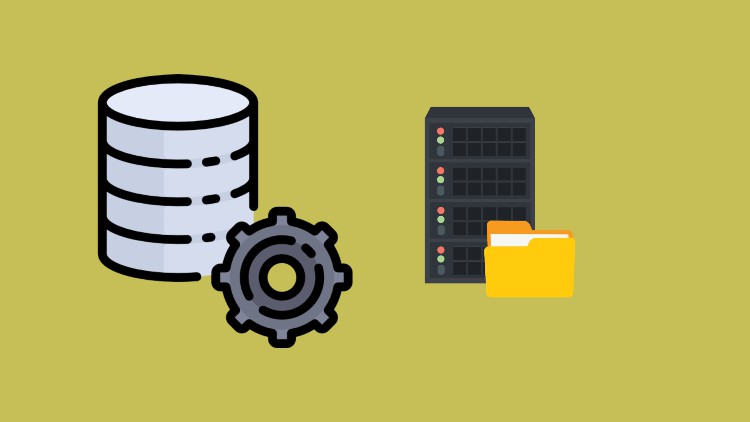Data Engineer/Data Visualisation - Tableau| PowerBI | Python
Transform and Visualize Data
4.24 (19 reviews)

2,075
students
5.5 hours
content
Nov 2021
last update
$44.99
regular price
What you will learn
Connect to data source using Tableau
Clean Data with Tableau
Create Visualizations for your data
Connect to data source using Power BI
Clean and Transform Data
Combine Data Sources with Power BI
Creating Data Visualizations
Publish reports to Power BI Service
Setup Jupyter Notebook Server
Explore and Manipulate Pandas DataFrame
Perform Data Cleaning with Python
Create Data Visualizations with Python
Related Topics
4376166
udemy ID
11/1/2021
course created date
11/4/2021
course indexed date
Bot
course submited by